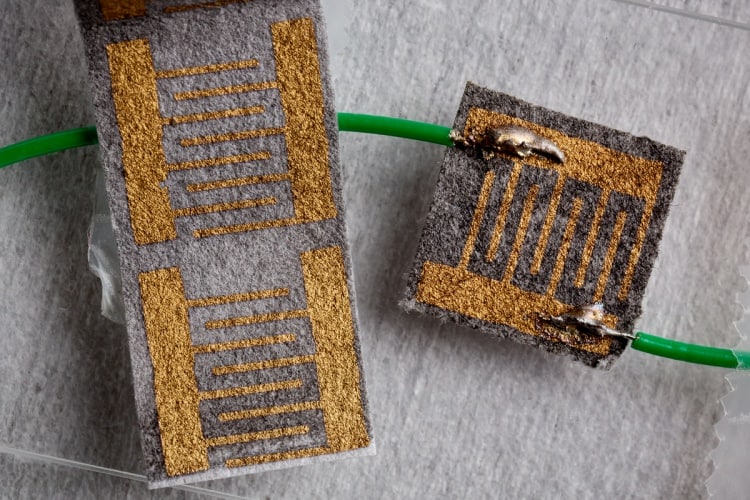
Researchers from the University of Illinois are developing a portable sensor that measures levels of vitamin C in the eye in order to assess the extent of ocular injuries.
The device, known as OcuCheck, works on the premise that more serious injuries will lead to higher concentrations of vitamin C - also known as ascorbic acid – on the surface of the eye. This is due to the inner eyeball containing much higher levels of the substance.
“The sensor takes advantage of the fact that the ocular tear film – the viscous fluid that coats the eyeball – contains low levels of ascorbic acid, which is just vitamin C, while the interior of the eye contains much higher levels,” said University of Illinois bioengineering professor Dipanjan Pan. “So the concept is, if there is severe damage to the eye that penetrates deeply, the ascorbic acid will leak out in high concentration.”
OcuCheck uses graphene platelets that are layered 1 nanometre thick on filter paper. The upper layers include a unique polymer that interacts with the graphene, as well as gold electrodes and ascorbate oxidase, an enzyme that binds to ascorbic acid.
“The idea is that the moment that the ascorbic acid comes in and binds to the ascorbate oxidase, it will pull the polymer out of its interaction with the graphene,” said Pan.
Tests have been carried out with samples from 16 patients undergoing eye surgery. According to the team, the sensor was able to detect a range of ascorbic acid concentrations with high sensitivity, accuracy and specificity. Trauma patients have yet to be tested, but samples containing blood have been used.
“We have mixed the samples with blood, and the sensor’s sensitivity to ascorbic acid is retained even in the presence of blood,” explained Pan. “The filter paper will filter out the blood.”
OcuCheck has already obtained a phase I Small Business Innovation Research grant from the National Science Foundation, and is currently working with an industrial design professor at the University of Illinois to build a housing for the sensor.




Nanogenerator consumes CO2 to generate electricity
Nice to see my my views being backed up by no less a figure than Sabine Hossenfelder https://youtu.be/QoJzs4fA4fo